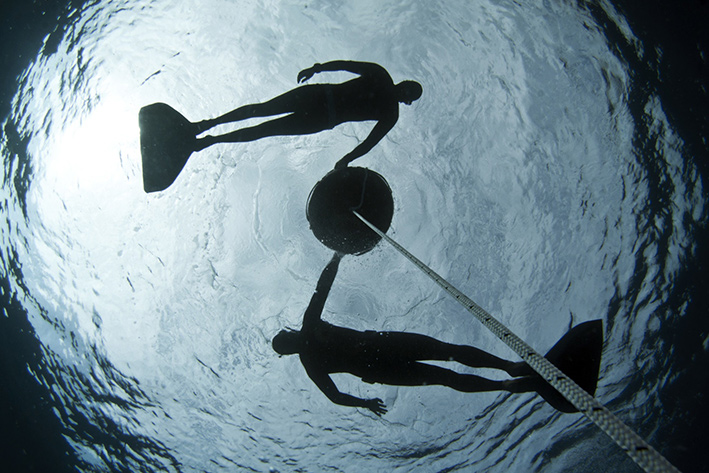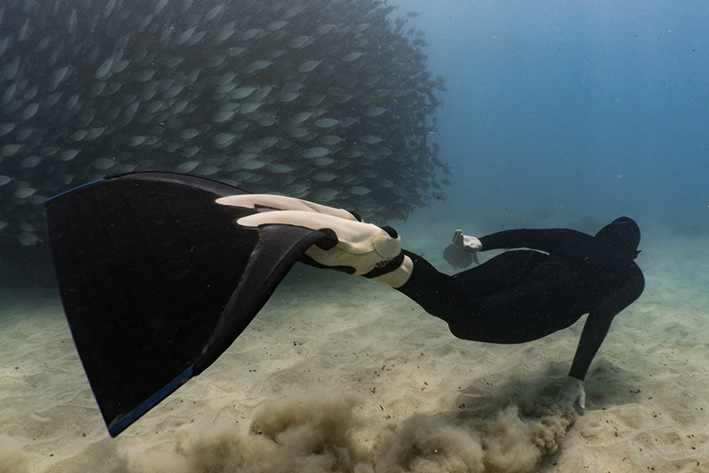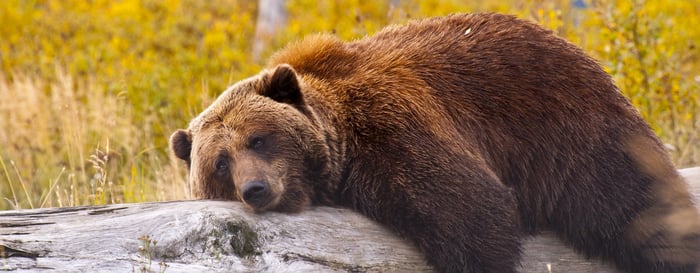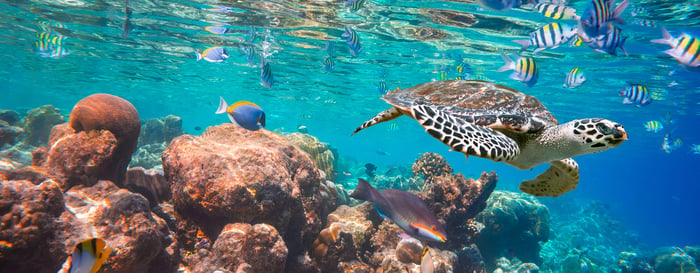“Stop swimming. I think we should let them come to us,” said Steffen, my freediving partner.
A pod of at least 30 spinner dolphins entered Honaunau Bay in Kona, Hawaii. A group of snorkellers followed them, trying to catch a closer glimpse of the dolphins before they disappeared under the deep turquoise water. I halted my fins and let my body relax. The dolphins swam further away.
It’s against the human instinct to stop chasing after what we want. What if the dolphins didn’t come back?
Honaunau Bay, part of the Pu’uhonua O Honaunau National Historical Park, is known as the City of Refuge to Hawaiians, as it once was a safe space for those who broke sacred laws, called kapu. Breaking kapu nearly always meant death — unless the criminal could escape to safety at a sacred site like Pu’uhonua O Honaunau. Here, every sin could be forgiven. Today, a temple housing the bones of former Hawaiian chiefs stands as a national monument symbolizing a tumultuous past and a peaceful future.

The spinner dolphins that live along the coastal water of Hawaii find Honaunau Bay to be a refuge of their own. Nearly every morning, the pod enters the bay and swims laps around the black lava rock edge. The bay has depths of nearly 90 meters, and you can find the word “ALOHA” spelled out in concrete bricks on the sandy bottom, welcoming you there.
On my way to the middle of the bay, I saw schools of yellow tang amongst the coral reef, white-tip reef sharks, eels, sea turtles, and a handful of humuhumunukunukuapua’a (the Hawaiian state triggerfish).
Spinner dolphins get their name from the signature spins that they do in the air. The dolphins dive deep, then swim toward the surface at a high speed and launch themselves into the air, completing up to five rotations. They’re the ocean’s best acrobats.
Steffen and I treaded water and watched the snorkellers swim to the outer edge of the bay and start to play an aquatic game of whack-a-mole. The dorsal fins popped up in one place, and the snorkellers scrambled to get there. A few seconds later, the dorsal fins popped up elsewhere and the snorkellers darted back.
After witnessing this, it was obvious that the dolphins had little interest in changing their course to satiate our desire of seeing them from a closer perspective. I felt guilty for wanting to join in on the melee.
“I think if we swim down to 15 meters and wait, the dolphins will be curious about us,” Steffen said before taking a deep breath and diving. His theory came from an experience the day before, where he’d reached a depth of 30 meters. On his ascent, three dolphins corkscrewed around his body like a triage of ballet dancers. Now we wanted to investigate whether this was a once-in-a-lifetime encounter or a strategy for truly connecting with the dolphins.

On my way to the middle of the bay, I saw schools of yellow tang amongst the coral reef, white-tip reef sharks, eels, sea turtles, and a handful of humuhumunukunukuapua’a (the Hawaiian state trigger fish).
Spinner dolphins get their name from the signature spins that they do in the air. The dolphins dive deep, then swim toward the surface at a high speed and launch themselves into the air, completing up to five rotations. They’re the ocean’s best acrobats.
Steffen and I treaded water and watched the snorkellers swim to the outer edge of the bay and start to play an aquatic game of whack-a-mole. The dorsal fins popped up in one place, and the snorkellers scrambled to get there. A few seconds later, the dorsal fins popped up elsewhere and the snorkelers darted back.
After witnessing this, it was obvious that the dolphins had little interest in changing their course to satiate our desire of seeing them from a closer perspective. I felt guilty for wanting to join in on the melee.
“I think if we swim down to 15 meters and wait, the dolphins will be curious about us,” Steffen said before taking a deep breath and diving. His theory came from an experience the day before, where he’d reached a depth of 30 meters. On his ascent, three dolphins corkscrewed around his body like a triage of ballet dancers. Now we wanted to investigate whether this was a once-in-a-lifetime encounter or a strategy for truly connecting with the dolphins.
Steffen swam to five meters, then 10, then 15, and stopped. His body hung weightless in the blue.
A pod of 15 dolphins passed underneath him but seemed disinterested.
Or at least that was my intuitive interpretation of dolphin behavior. Admittedly, I don’t have much experience when it comes to one-on-one relationships with marine mammals
I submerged my face into the saltwater and took a few relaxing breaths through my snorkel. At ease, I descended.
At five meters, I saw the large pod of dolphins in the distance, barely close enough to distinguish their dark and light grey pattern. The dolphins’ clicks, hums, and whistles ricocheted around the bay.
At 10 meters, I felt the pressure of the sea surrounding me. My chest compressed as I reached neutral buoyancy. For freedivers, this is usually the depth where the sea stops shoving us back towards air and welcomes us deeper instead.
I kept falling.

At around 17 meters, my diaphragm started its series of contractions. Contractions are used as a freediver’s internal gauge of carbon dioxide buildup and oxygen levels. When they start, you pay close attention to what your body is telling you.
The strength of my contractions signaled to turn back.
On my way up, five dolphins broke from the larger pod and came closer. About five meters away, their pace matched mine and we exhaled within nanoseconds of one another at the surface.
Freedivers often refer to the mammalian dive reflex, a set of reflexes that slow your heart rate and shunts blood to the core of your body. It’s thought of our greatest physiological connection to the sea – a switch that preserves our bodies even when we’re in an environment that humans abandoned from an evolutionary standpoint millions of years ago.
Steffen and I took turns diving. On some dives, the dolphins came closer. On others, they reached depths of over 40 meters – beyond both Steffen’s and my limits. But on one dive, the dolphins swam so close to Steffen, they nearly skimmed the top of his head.
“They’re like fighter jets doing a flyby,” Steffen laughed.
We often witnessed the dolphins swim in their signature spirals, twirling through the water. I sensed both their playfulness and intelligence. I finned to 10 meters and hung weightlessly as two adult dolphins and a calf swam by. When they passed me, I started spinning – completing two rotations before stopping and awaiting their reaction.
The calf from the pod and mimicked my twist. Our bellies faced each other and we swam a short way towards opposite ends of the bay. Yin and yang.
I spun again on my way to the surface. The spinner calf matched my pace and twirled in harmony. When I broke through the water to take a breath, so did the calf. Then, the inquisitive calf rejoined the pod.
As I readied myself to get back on to the boat, the old adage came to mind: “Good things come to those who wait”.
Alaskan Wildlife Adventure
Alaska United States of America North America
-
Jetboat into the wilds of Alaska
-
Hike and take photographs on Spencer Glacier
-
Take a flight to Tukta Lodge while spotting moose, bears and eagles
-
Visit Katmai National Park, home to the largest population concentration of brown bears in the world
-
Go on a kayak tour of Tukta bay
Maldives with Kids
- Go snorkelling to discover multi-coloured fish, and swim with manta rays and dolphins in the Maldives
- See turtles and sharks in their natural habitat
- Picnic on your own deserted island
- Enjoy a spectacular sunset cruise
- Learn how to paint with renowned Australian marine artist Christopher Hogan










